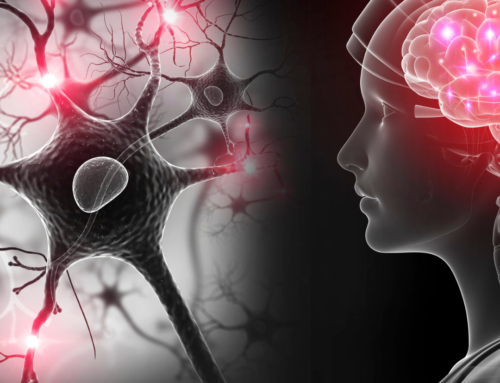At the recent seminar held by Dr. Ian Horseman, chiropractor at the Brain Therapy Clinic, attendees were given a fascinating glimpse into the intricate workings of the human brain and its relationship with balance, posture, and gait.
Dr. Horseman began by explaining the marvel of our cerebral processes. He highlighted how the cerebellum plays an essential role in sending signals across our brain, helping us maintain posture and motion without conscious thought. This process, seemingly simple to us, is a complex interplay of signals, muscles, and autonomic responses. “You just go and do it, how easy is that? There it is,” Dr. Horseman remarked, emphasizing the effortless nature with which our brain handles these tasks.
Understanding the Basics:
Balance: Balance refers to our ability to maintain our body’s centre of gravity over its base of support. It is a crucial element that helps us stand, walk, and perform daily activities without falling. Our sense of balance is maintained by a combination of visual inputs (what we see), vestibular inputs (from the inner ear’s balance organs), and proprioception (sensations from muscles and joints that tell us our body’s position in space).
Posture: Posture is the alignment and positioning of the body in relation to gravity. It can be when we’re standing, sitting, or lying down. Good posture ensures that our body is balanced and supported, reducing stress and strain on muscles, joints, and ligaments. Poor posture can lead to various issues, including back pain, muscular imbalances, and even respiratory problems.
Gait: Gait pertains to the manner or pattern of walking. It involves a complex interplay of muscles, bones, and neural pathways. Analyzing a person’s gait can provide insights into potential underlying health problems. Any inconsistencies or abnormalities in gait can be indicative of issues ranging from musculoskeletal injuries to neurological disorders.
When Normal Function Gets Disrupted
However, injuries can significantly disrupt this process. Whether it’s due to a concussion, stroke, or even stress, any issues with balance, proprioception, or vision can impair our body’s innate mechanisms. The impact of such disruptions becomes more apparent when we realize the significance of balance, posture, and gait in our daily lives.
A remarkable insight shared by Dr. Horseman was that “The brain spends 80% of its time with balance, posture, and gait.” This profound statistic underscores the primary role of these three factors in our overall health and well-being. This is why chiropractors with proficiency in these areas stand out as exceptional doctors. “So as a chiropractor, if you are good at doing balance, posture, and gait, how excellent are you going to be as a doctor?” he added.
Further emphasizing the importance of movement, Dr. Horseman noted that while 60% of what the brain pays attention to is vision, its main execution revolves around balance, posture, and gait. He said, “We are creatures of movement.” Chiropractors aim to restore normal motion, tone, and autonomic functions. Dr. Horseman hinted at the significance of integrating vision into chiropractic practices, suggesting that this would be a key topic in an upcoming seminar.
Dr. Horseman’s seminar was an enlightening experience, shedding light on the intricate relationship between our brain and body. As we navigate through life, understanding the importance of balance, posture, and gait becomes crucial not only for chiropractors but for anyone keen on maintaining optimal health.
We invite you to reach out to the Brain Therapy Clinic to see how our specialized Posture Clinic can help you. Let’s embark on a journey towards healing, together. Book a free consultation today to learn more about the treatment plan specific to you.








Leave A Comment